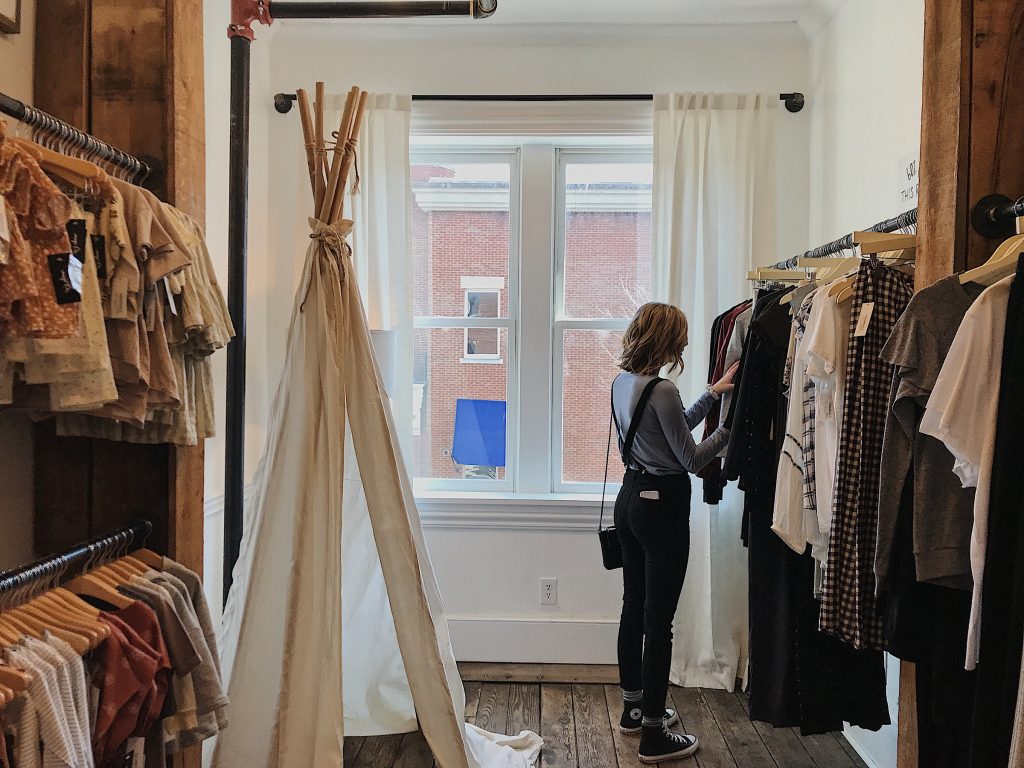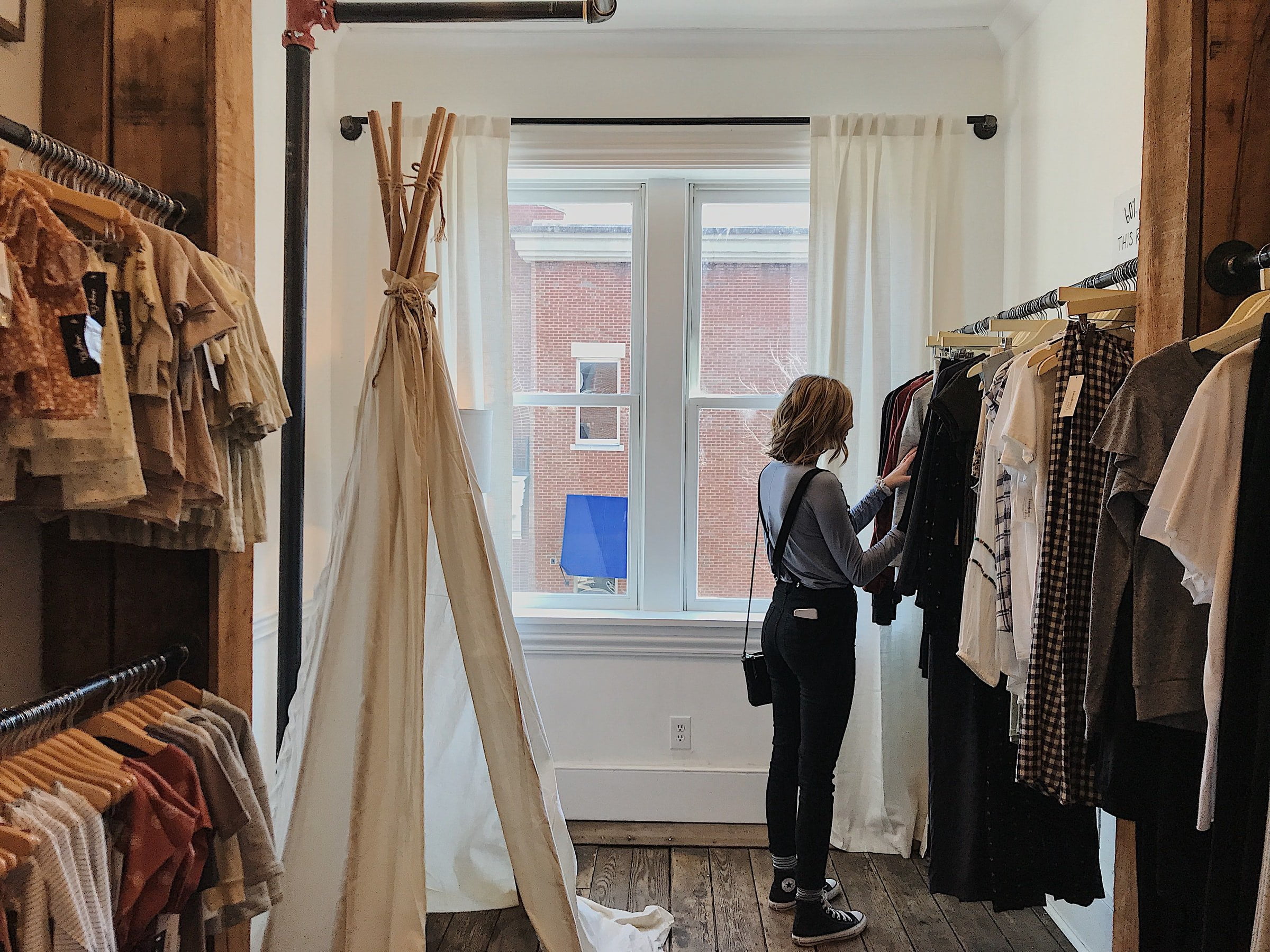
Fast fashion is impacting our spending habits, as well as the workers and environment – in a big way. In the past years, slow fashion has been gaining more and more ground as a response to the highly polluting and wasteful fast fashion direction. From shopping vintage to investing your money wisely, here are 5 ways to become more sustainable with your fashion practices.
Shop Higher Quality Garments
From the fabrics you choose to the ways they are produced (and especially dyed), everything matters. When taking the slow fashion approach, one thing you can do is to avoid shopping for cheap materials that are prone to lasting just a couple of seasons or washes. Invest in natural materials like wool, organic cotton and linen for your stapes and add in sustainably sourced leather and silk for statement pieces. What to avoid: polluting fabrics like polyester, nylon and acrylic.
Forgo the Trends, Stick with the Classics
Creating a cohesive, curated wardrobe is essential when taking the slow fashion approach – and it will help you in numerous ways. Stick with classic lines and cuts that are flattering and versatile. Opt for a curated color palette that is based on your favorites and add in a few statement pieces here and there to add more color, fun and prints to your style. Shopping for fading trends is a no-go in sustainability, since it only increases demand for more trends, more production and more consumption.
Support Sustainable Brands and Collections
From big names like Zara and H&M, more and more companies are taking a sustainable approach in their production, creating collections more in line with slow fashion practices. While this is a good start, a better way to go is to commit to brands that are dedicating all their efforts to sustainable practices, such as ABLE, Boden, Happy Earth and Pact.
Shop Vintage
Vintage shopping is a great way to get started on the sustainable path – and that is because your habits will not create more demand. Thriftshopping is another great option that allows you to express your style with more color and pattern, without creating demand, all while giving new life to old clothes. Allow yourself a fixed budget for thriftshopping and only invest in quality pieces, preferably in natural materials in order to stay on track with sustainable practices.
Do Anything But Throw Away
The rule to live by is simple: throwing away should never be an option, while donating should be the last resort. Before doing that, there are many things you can do with your damaged clothes: repair them, reuse them as something else, reinvent them and adjust them, transform them into bags or accessories and many more. By always thinking of new ways to recycle your clothes, you are not participating in the fast fashion cycle that creates immense demand, then satisfies said demand with new weekly collections of (soon-to-be) disposable trendy clothes.



